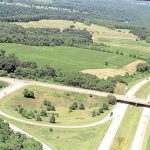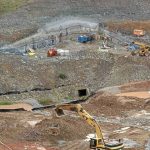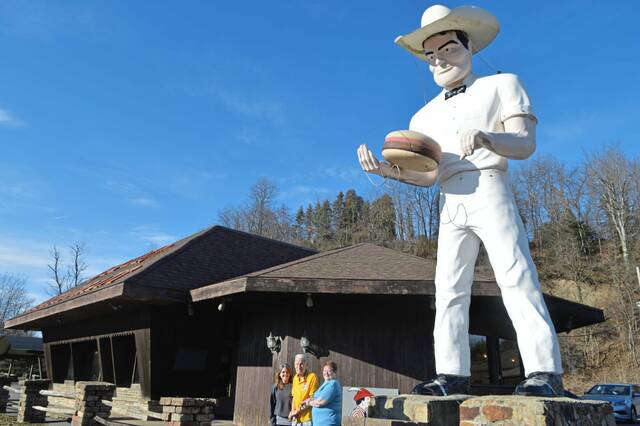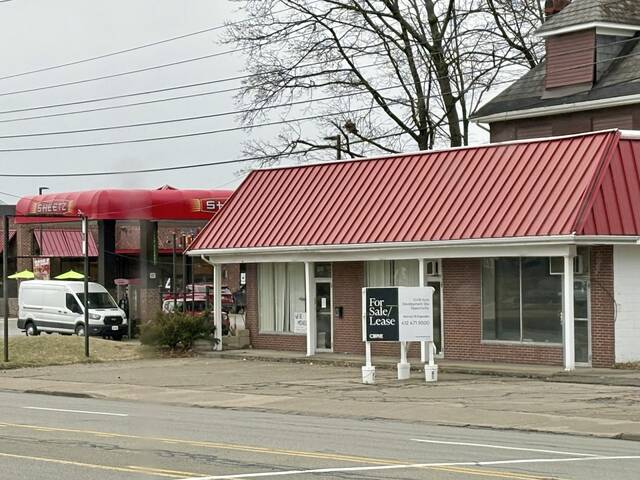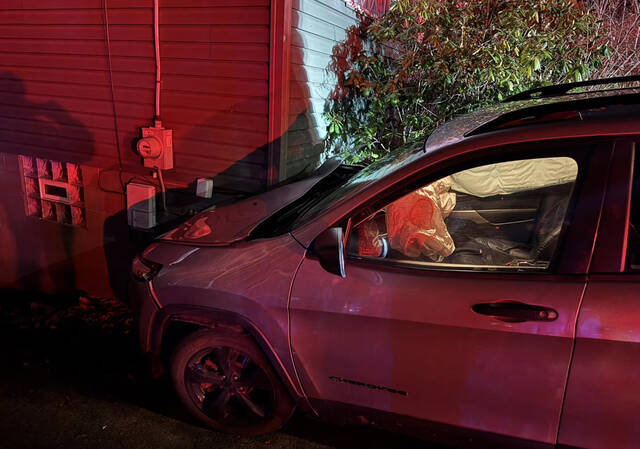It was a day many in the Alle-Kiski Valley thought might never come: Aug. 9, 1985, the day the Allegheny Valley Expressway was completed.
More than 40 years of designs, redesigns, funding, defunding and demographic changes that threatened to derail the entire project were overcome that day with the ribbon-cutting cermony that took place on the final leg of the expressway between Exits 14 and 15.
While Route 28 stretches from Pittsburgh’s North Side to Brockway in Jefferson County, the Allegheny Valley Expressway is more narrowly defined as the area of 28 from the Fox Chapel Road interchange to the area just north of Kittanning, where Route 28 meets Route 85. The expressway was built in 15 sections.
The original Route 28 layout started on East Ohio Street in Pittsburgh and snaked along the Allegheny River through the small riverfront towns that were developed largely before the automobile was popularized. The drive from Pittsburgh’s North Side to Freeport was often more than an hour. There were 32 traffic lights from Fox Chapel Road to the Armstrong County line at Freeport.
Now, that total drive time is cut in half with no traffic lights.
The overall expressway idea was hatched in 1948. Transportation was quickly improved with the completion of the Millvale Bypass in 1950, the Etna Bypass in 1958, the Sharpsburg Bypass in 1963 and the leg to Fox Chapel Road in 1968.
Then-Gov. William W. Scranton, speaking at a Brackenridge Heights Country Club dinner in October 1966, declared that the project was in its final design, state funding was secured “and it will be completed soon.”
“Soon” turned out to be 19 years.
While work began in 1967 on the stretch from Fox Chapel Road through the then-fledgling RIDC Industrial Park in O’Hara, and on the northern end between Freeport and West Kittanning, both of those sections were completed without much delay and opened by 1972. In the Slate Lick area of South Buffalo, 33 homes were either razed or moved.
But in between is where the problems occurred.
When residents of the Creighton section of East Deer, West Tarentum and Harrison discovered about 475 homes would be razed to build the respective phases of the expressway, the protests began. Eventually, PennDOT concurred. The redesign took two years, and several massive hillsides were sliced away to accommodate the new design.
One of those 475 homes that was threatened was the historic Burtner House, built in 1821. The iconic structure was saved from the wrecking ball by an alternate design.
Funding, once seemingly secure, disappeared and reappeared several times during in the 1970s because of funding shortages caused by economic recessions cutting tax revenues and reappropriations.
The expressway’s biggest booster was attorney Alexander Lindsay Sr., who spent more than two hours each day commuting between his law office in Pittsburgh to his South Buffalo farm.
Lindsay appeared monthly on New Kensington’s Cable Channel 3 to update viewers on expressway progress in the late 1970s.
All seemed to be going well. But in 1976, Volkswagen of America secured a site in East Huntingdon for its first U.S. assembly plant, where Chrysler Corp. originally planned to locate. Part of the deal was building a railroad spur to the new plant. Expressway supporters fumed when it appeared that construction money was diverted to the Volkswagen plant spur.
Then work was delayed two more years when the federal Environmental Protection Agency moved to save a small fish — the snail darter — from extinction, causing the Bull Creek Interchange, better known as Exit 14, to be redesigned.
In 1982, a federal judge froze funds because Pennsylvania was slow in developing an auto emissions program.
But in December 1983, expressway funding was secured for the last time, and the missing link between Exits 14 and 15 was on track for good.
Gov. Richard Thornburgh, the eighth governor to serve during the expressway’s planning and construction saga, was on hand for the ribbon-cutting ceremony.
Lindsay, for whom the highway is officially named, never got to commute on the expressway. He retired two years before the highway’s completion.
The Valley News Dispatch put out a 20-page supplemental section hailing the expressway’s grand opening that included 18 elated Tarentum businesses that combined forces to take out two full pages of advertisements.
The expressway was eventually expanded through East Franklin across the Allegheny River with the Judge J. Frank Graff Bridge to Rayburn Township. Since late 2013, with a new interchange and bypass at the 31st Street Bridge in Pittsburgh, a motorist can travel from the corner of Routes 28 and 85 south to the Pittsburgh International Airport in Findlay with nary a stoplight.
An interchange was added in Frazer in 2004 to accommodate the Pittsburgh Mills mall. In the 1990s, a third lane was added northbound between Harmar and where the mall is today.
At present, a construction project is restoring Route 28 to two lanes northbound at the Highland Park Bridge interchange, which was its original configuration.
Plans for the completion of a four-lane route to Brookville may be perpetually on hold.
Armstrong County Commissioner Patrick Fabian said April 19 that the final leg’s study about 20 years ago pegged the cost to tie in with Interstate 80 was $500 million. Still on the wish list, the cost now could be $1 billion.
Fabian added that several portions of sharp turns on Route 28 toward New Bethlehem are planned to be remedied, but no major highway is on the horizon.




